King Arthur (2004)
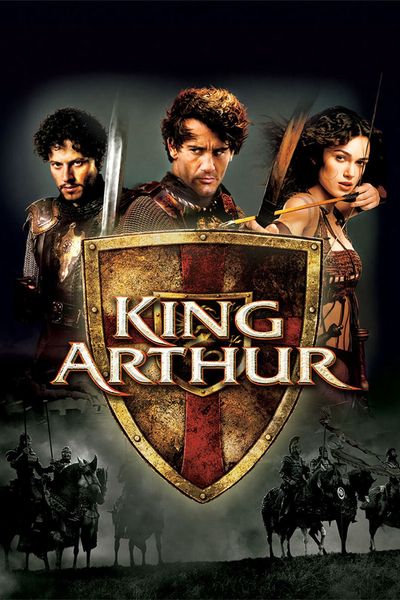
“King Arthur” (2004): A Grounded Reinterpretation of a Legendary Tale

In 2004, director Antoine Fuqua took on the challenge of reinterpreting the timeless legend of King Arthur, delivering a unique and gritty take on the classic story. “King Arthur” presents a bold, revisionist approach that departs from the traditional romanticized depictions of the Arthurian mythos, offering audiences a more historically grounded and realistic exploration of the characters and events that have captivated audiences for centuries.
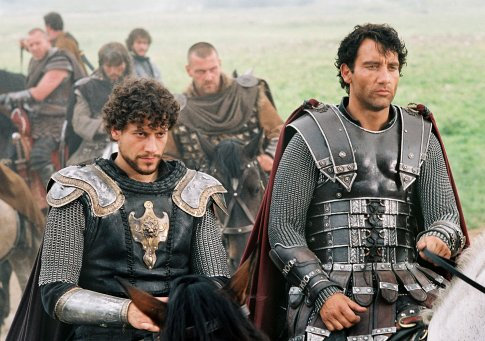
At the center of the narrative is Arthur, portrayed by Clive Owen, a Roman-trained Sarmatian knight who is reluctantly drawn into a conflict that will test his loyalties and reshape the course of history. Set in the waning days of the Roman Empire, the film follows Arthur and his band of elite Sarmatian warriors as they embark on a perilous mission to evacuate a Roman family from the encroaching Saxons, a task that ultimately leads them to confront their own destinies and the legendary legacy that awaits them.
Fuqua’s directorial approach to “King Arthur” is marked by a gritty, visceral aesthetic that sets the film apart from previous Arthurian adaptations. The director’s keen eye for action and attention to historical detail are evident throughout the film, as he immerses the audience in the harsh realities of life in the post-Roman era, where survival is a constant struggle and loyalty is a precious commodity.
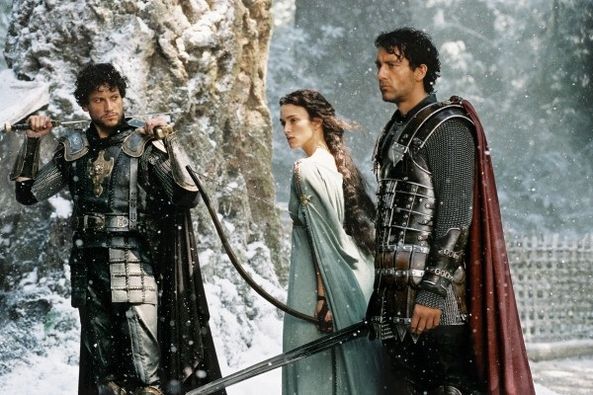
The film’s battle sequences are expertly choreographed, showcasing the raw, uncompromising nature of medieval warfare. Fuqua’s use of handheld camerawork and close-quarters combat sequences heightens the sense of intensity and immediacy, plunging the viewer into the heart of the action. The director’s commitment to authenticity is further evident in the film’s production design, costuming, and the portrayal of the diverse cultural influences that shaped the world of the Arthurian legend.
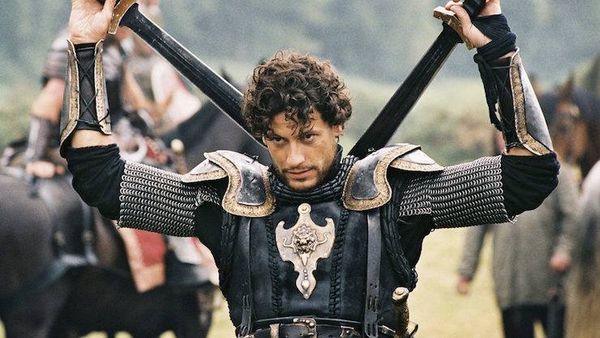
Alongside the film’s impressive visual storytelling, “King Arthur” also delves into the complex interpersonal relationships and conflicting ideologies that drive the narrative. Clive Owen’s nuanced performance as Arthur offers a refreshingly grounded take on the legendary king, presenting him as a conflicted, reluctant leader who must grapple with the weight of his destiny and the loyalty of his trusted companions.
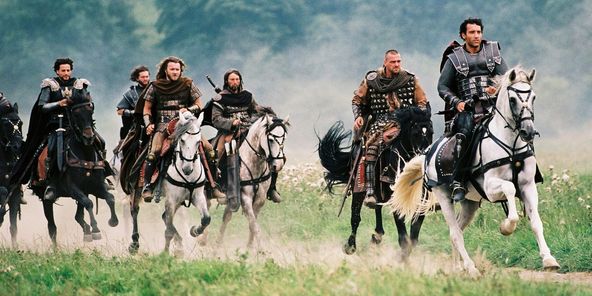
The supporting cast, including Keira Knightley as the enigmatic Guinevere and Ioan Gruffudd as the steadfast Lancelot, deliver compelling performances that add depth and emotional resonance to the film’s central characters. The dynamic between Arthur, Guinevere, and Lancelot is particularly intriguing, as the director explores the shifting alliances and complex tensions that arise within their bond.
While “King Arthur” may not have achieved the same level of critical acclaim and commercial success as some of the more traditional Arthurian adaptations, the film’s unique approach and its willingness to challenge the established conventions of the genre have earned it a devoted following among fans of historical action-adventure stories.
In the end, Antoine Fuqua’s “King Arthur” stands as a bold and innovative interpretation of a timeless legend, offering audiences a fresh and gritty perspective on the iconic characters and the world they inhabit. By grounding the story in a more realistic historical context and exploring the complex human dimensions of the Arthurian mythos, the film invites viewers to engage with the story on a deeper, more immersive level, solidifying its place as a unique and compelling entry in the pantheon of Arthurian cinema.










